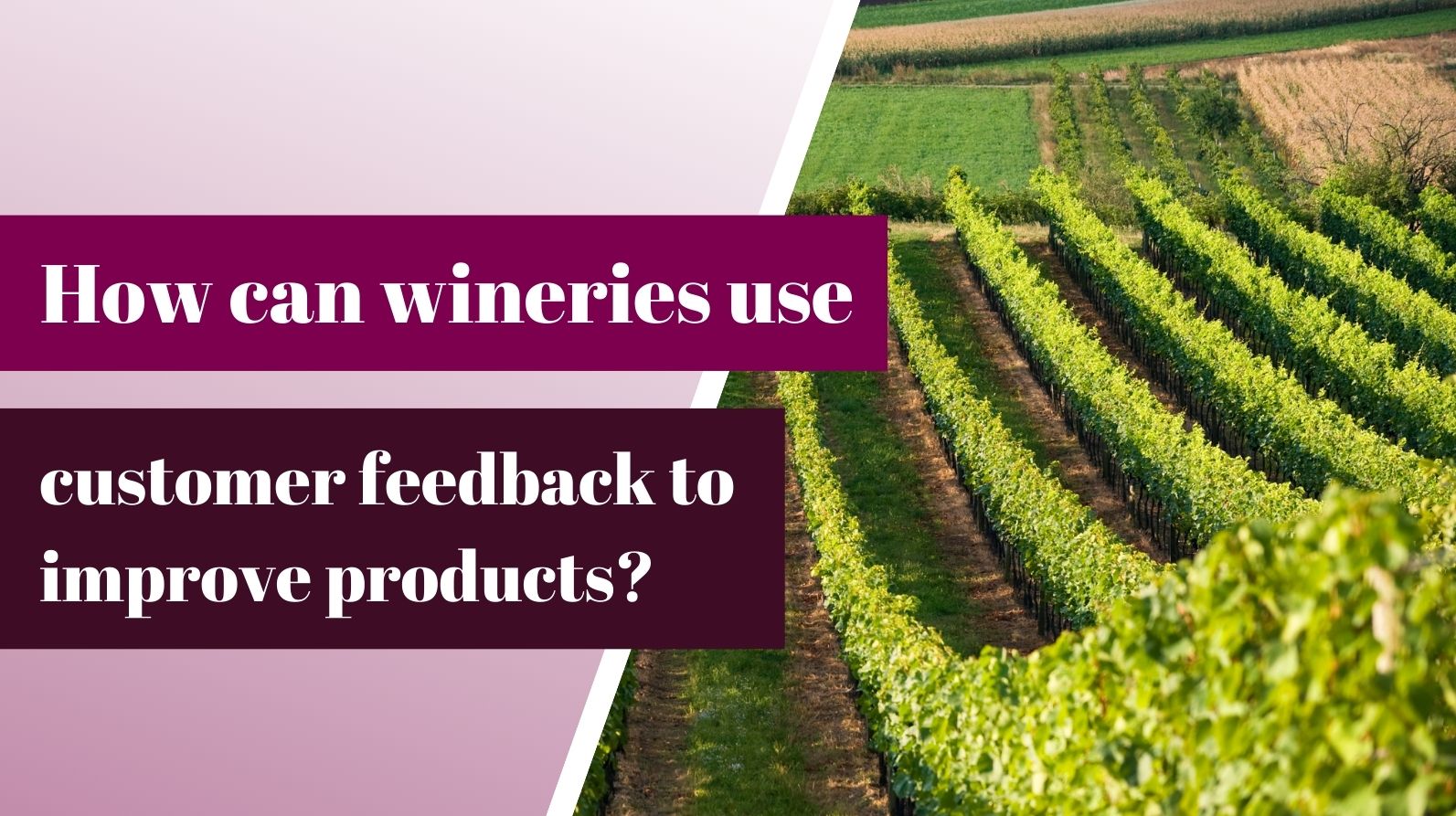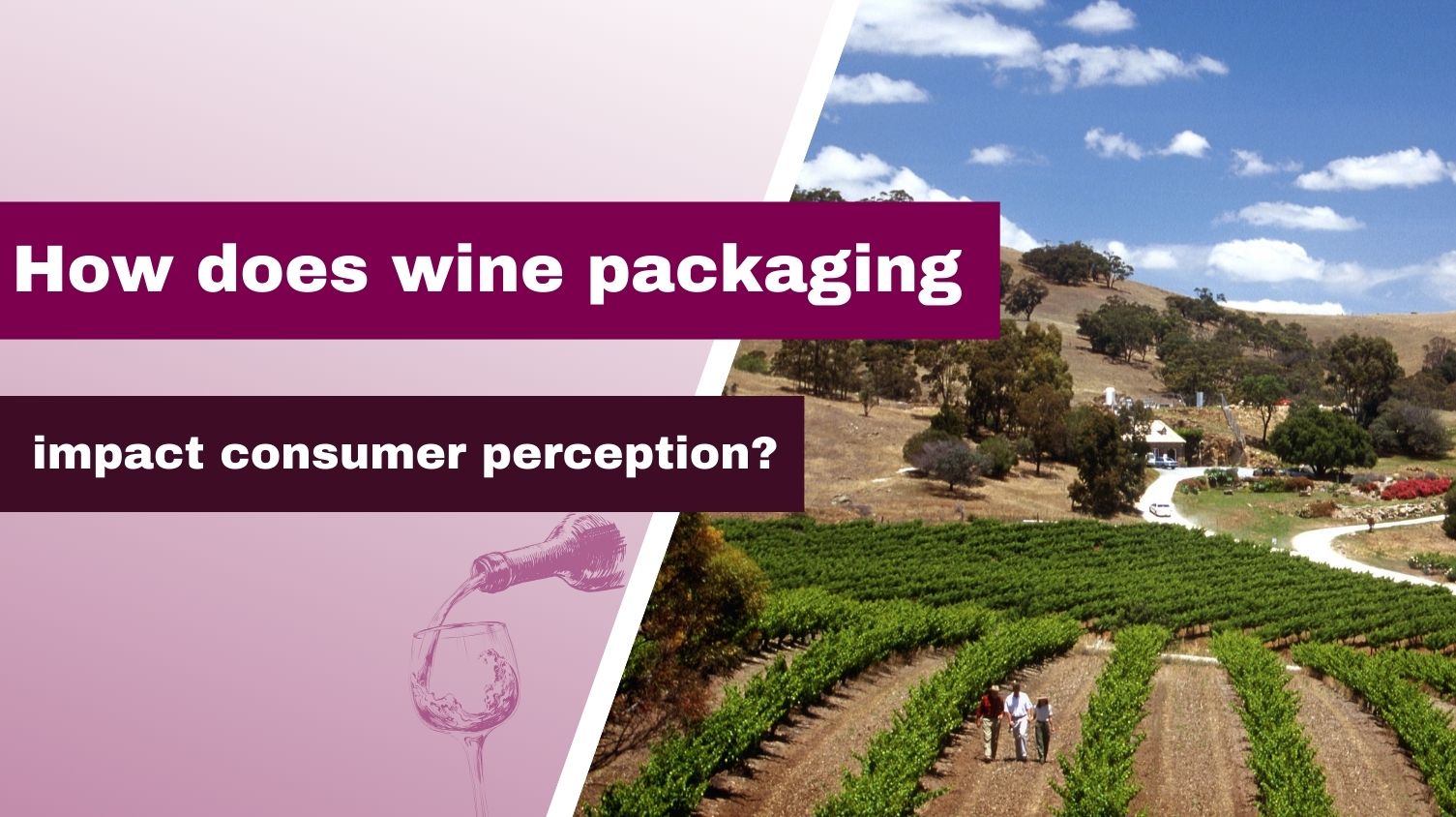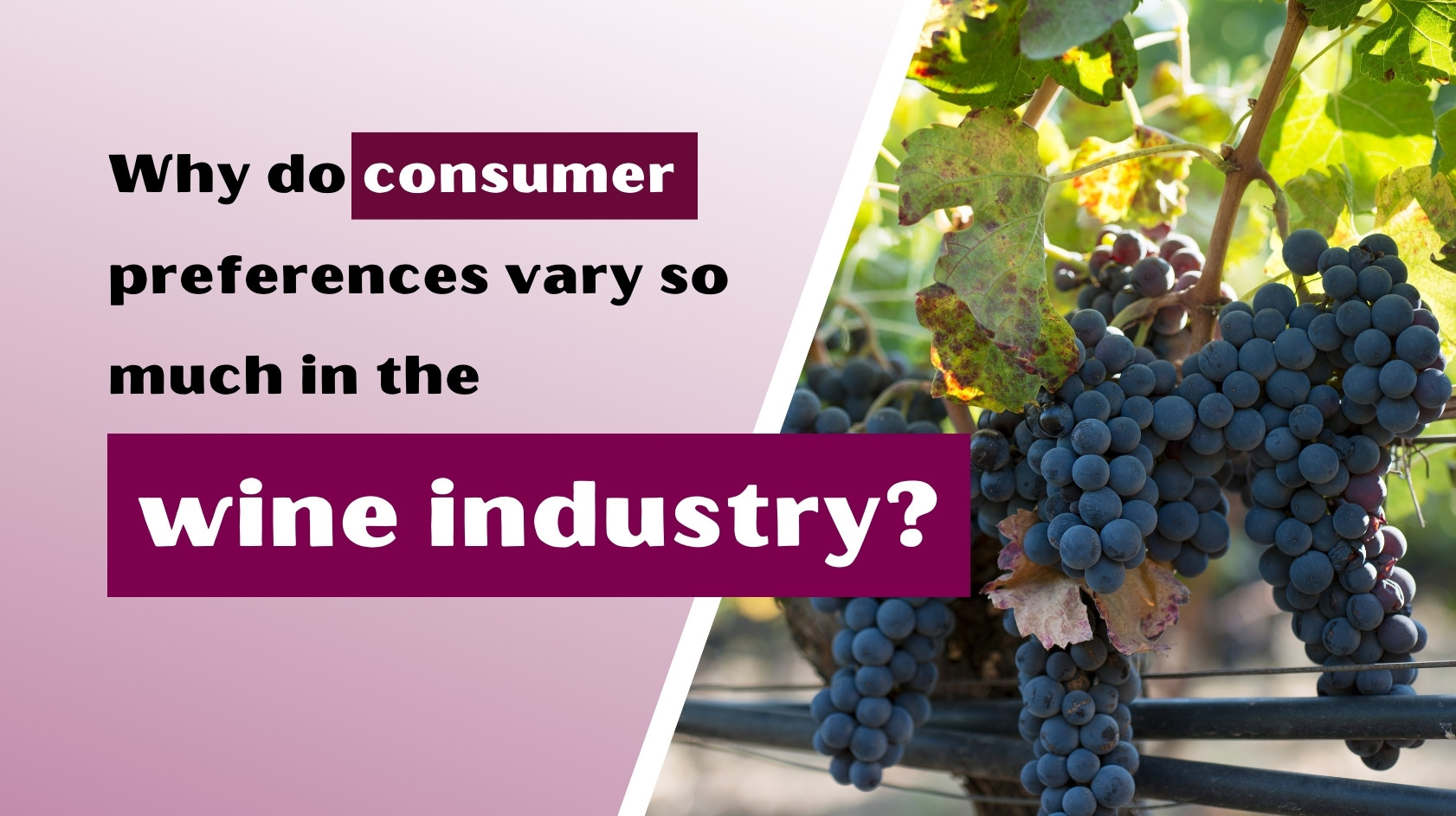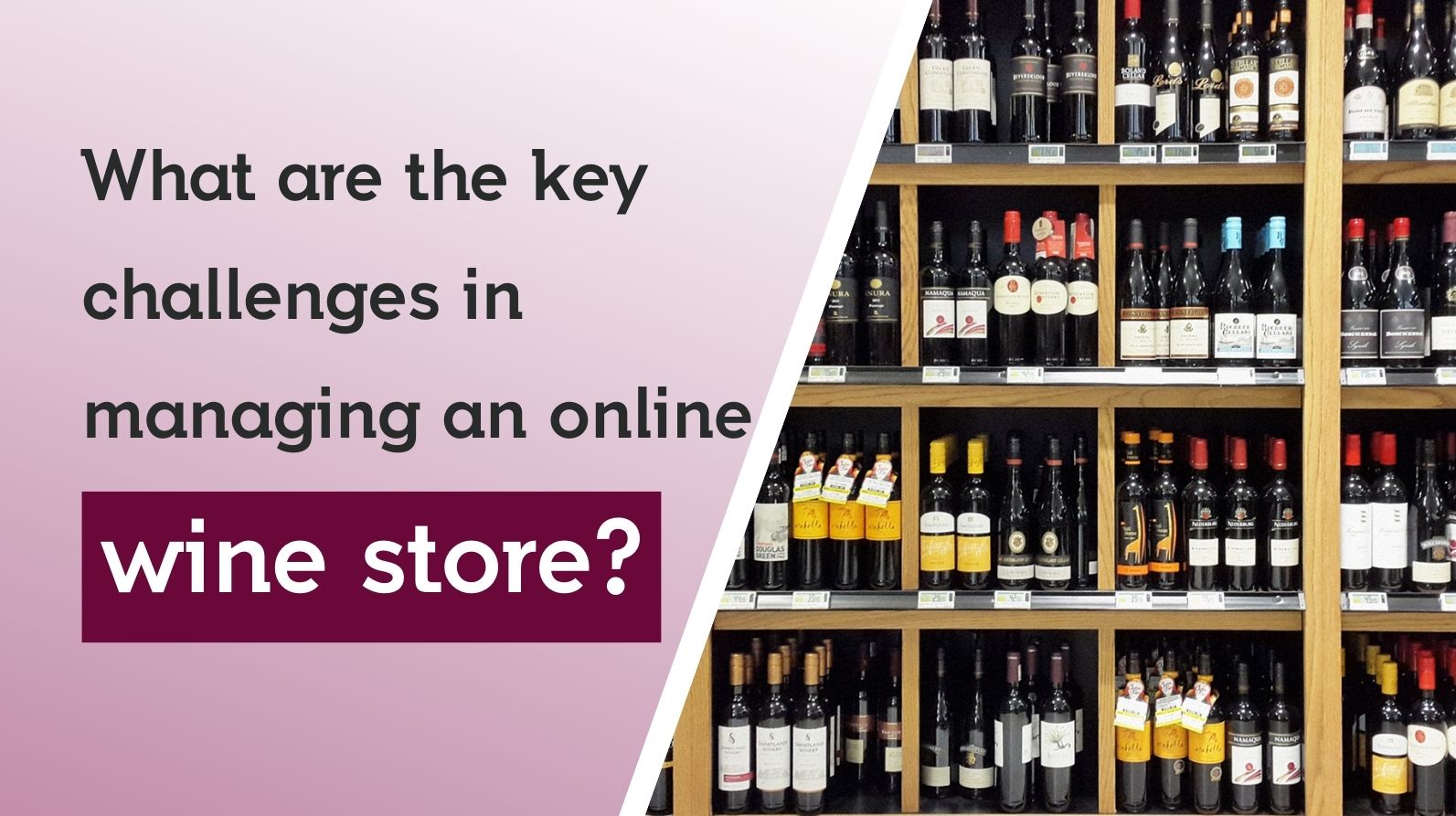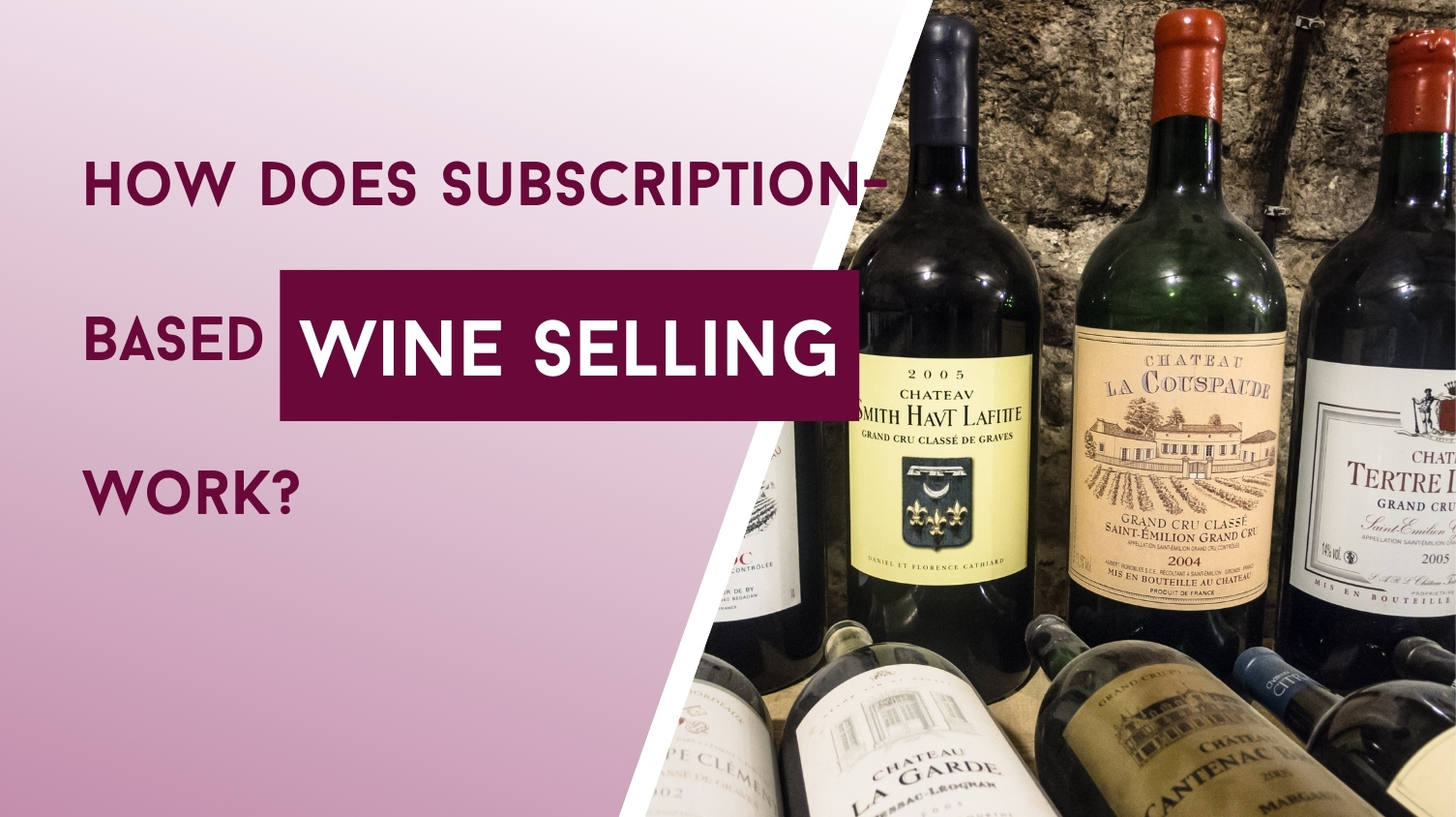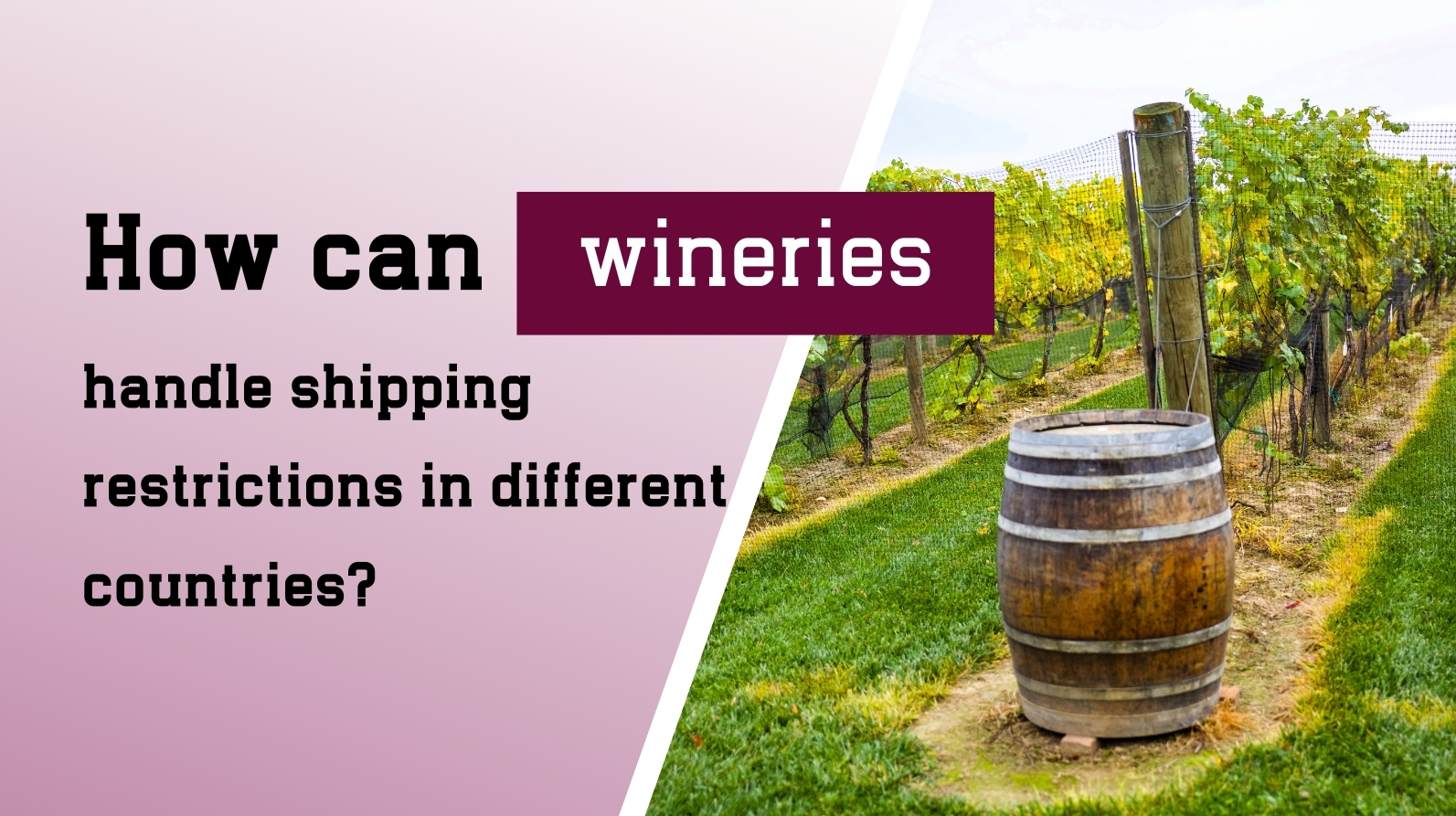How Seasons Affect the Wine Industry: From Vineyard to Market
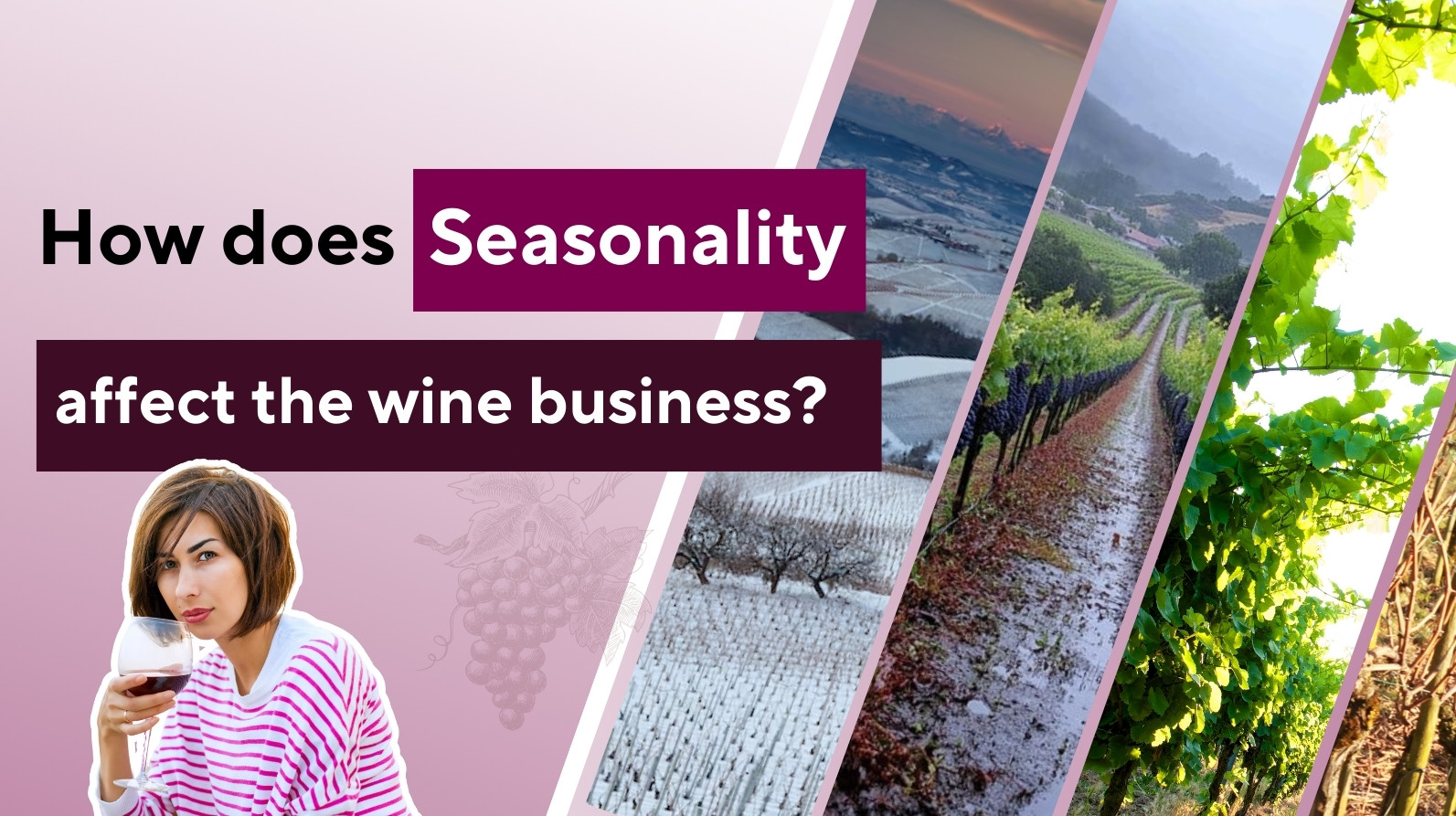
How Seasons Affect the Wine Industry: From Vineyard to Market
Seasonality has a big impact on the wine industry, from growing grapes to selling bottles in stores. Winemakers, sellers, and buyers all feel the effects of changing seasons. By understanding these seasonal shifts, wine businesses can plan better to keep quality high and sales steady.
In this article, we’ll break down how different seasons affect grape farming, market trends, and wine production, as well as how the industry adapts to these challenges.
How Seasons Impact Grape Growing
Wine starts in the vineyard, where weather conditions shape the quality and taste of the final product.
Spring: New Growth Begins
This is when grapevines wake up from their winter rest.
Small buds start growing, but late frosts can damage them, reducing the number of grapes that will grow.
Farmers use special techniques like heaters or wind machines to protect vines from frost.
Summer: Grapes Ripen
Grapes begin to change color and fill with natural sugars that give wine its flavor.
Warm, sunny days are great for ripening, but too much heat can lead to overly sweet grapes, making the wine unbalanced.
Famous wine regions like Napa Valley and Bordeaux carefully monitor temperatures to get the best grape quality.
Autumn: Harvest Time
Winemakers pick the grapes at just the right time to get the perfect balance of sugar, acidity, and taste.
Unexpected rain or early frost can ruin grapes, making the harvest season stressful.
Fast and careful harvesting is key to keeping grapes in top condition.
Winter: Resting and Preparing for Next Season
After the grapes are picked, vines go into dormancy (a resting phase).
Cold temperatures help prepare the vines for a strong growing season next year. However, extreme cold can harm or even kill vines in some areas.
Farmers prune (trim) the vines in winter to make sure they grow healthy in the spring.
How Climate Affects Wine Quality
Recent studies show that warmer summers and wetter winters can actually improve the taste of wine, especially in places like Bordeaux. These conditions help grapes develop better flavors, leading to richer and more balanced wines.
Seasonal Wine Preferences
Just as seasons change how grapes grow, they also influence what wines people buy and drink.
Spring and Summer: Light & Refreshing Wines
Warmer months make people crave crisp, refreshing wines like Rosé, Sauvignon Blanc, and Chardonnay.
These wines are popular for outdoor gatherings, picnics, and barbecues.
In France, rosé is enjoyed all year round, but in many places, it's mostly a summer drink.
Autumn and Winter: Rich & Bold Wines
When the weather gets colder, people prefer full-bodied red wines like Cabernet Sauvignon, Merlot, and Syrah.
These wines pair well with hearty meals and holiday feasts.
Sparkling wine sales also rise during the festive season, especially around Thanksgiving, Christmas, and New Year's Eve.
How Retailers Adjust to Wine Trends
Holiday seasons bring a spike in wine sales as people buy bottles for gifts and celebrations.
Retailers stock up on wines that match the season—light wines in summer and bold reds in winter.
Many stores offer special discounts or promotions to attract buyers during peak seasons.
Challenges Wineries Face Due to Seasonality
Seasonal changes create hurdles for winemakers, beyond just growing grapes.
1. Grape Availability
Weather affects grape supply, making production unpredictable.
A bad harvest can lead to higher costs and force wineries to adjust their blends.
2. Labor Shortages
Harvest season needs a lot of workers, so wineries must plan their workforce carefully.
Many hire seasonal workers to handle the extra workload.
3. Storage & Distribution
Wineries must store wine properly to avoid spoilage, especially when temperatures shift.
They also have to balance inventory to avoid overproducing or running out of stock.
How the Wine Industry Adapts to Seasonal Changes
To overcome these seasonal challenges, wineries and distributors use smart strategies:
1. Offering a Variety of Wines
Wineries produce both summer-friendly rosés and winter reds to ensure steady sales year-round.
This way, they don’t rely too much on one season’s demand.
2. Using Technology
Advanced irrigation systems help vineyards deal with unpredictable weather.
New winemaking techniques help keep wine quality high, even in difficult growing seasons.
3. Analyzing Market Trends
Wine businesses use sales data to predict demand for different wines each season.
This helps them manage inventory better and create targeted promotions.
Final Thoughts
Seasonality has a big impact on the wine industry, from grape farming to what wines people enjoy. Understanding these seasonal trends helps winemakers, sellers, and wine lovers appreciate how nature shapes the wine we drink.
So, next time you enjoy a chilled rosé in summer or a bold red in winter, remember—the seasons played a big role in bringing that glass to your table.

